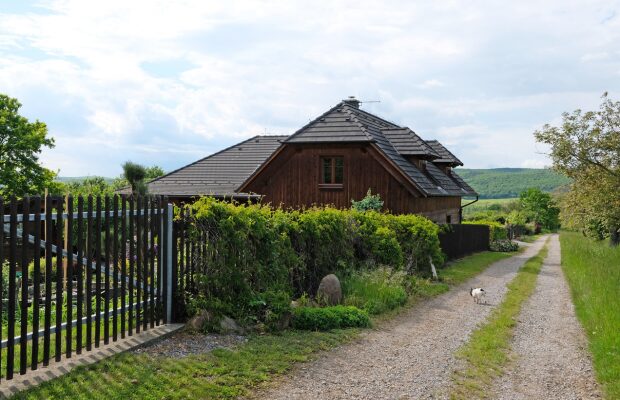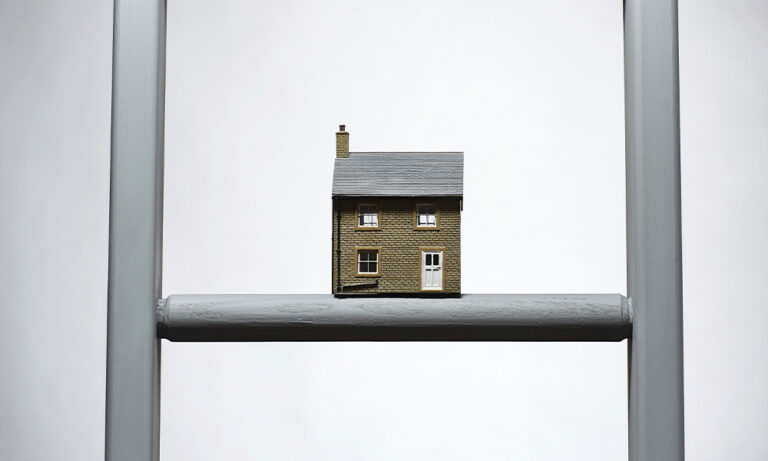Listing marks a building’s special architectural and historic interest, making it an attractive prospect for buyers, landlords and tenants alike. While investing in a historically significant home is appealing to some, it also presents a host of unique challenges and responsibilities.
If you’re searching for an extraordinary buy-to-let, here’s everything you need to know about listed buildings.
How are listed buildings graded?
Most listed buildings hold historic significance. They are usually built before 1700, and retain some or most of their original condition.
There are three categories of listings in total:
- Grade I – Grade I buildings are of exceptional interest. Only 2.5% of listed buildings in the UK are Grade I, including The Tower of London, Warwick Castle, and Humber Bridge.
- Grade II* – These buildings demonstrate special and historical significance. 5.8% of listed buildings are Grade II* listed.
- Grade II – 91.7% of all listed buildings are in the Grade II class. These buildings are of special interest.
Can I rent out a listed property?
A listed property might be a slightly unorthodox buy-to-let investment, offering a completely unique opportunity for you and your tenants. Owning a listed building is often seen as a privilege and many investors are excited by the prospect of being trusted to preserve such a prized asset for future generations.
Related: Your guide to understanding rental yields
However, investing in a building of special significance comes with certain obligations which shouldn’t be taken lightly. There are a few key things to consider before committing to a listed building for your next investment:
Maintenance costs
Running a listed building is more costly than an average home. Depending on your particular building, the costs of maintenance and preservation could be substantial and ongoing. You will also need specialist listed building insurance, which could be costly due to the special nature of the building.
Additionally, some older buildings can be expensive to run due to poor energy efficiency, resulting in higher utility bills.
Regulatory restrictions
Owners of listed buildings are obligated to respect its historic state, which means your options will be limited when it comes to making modifications.
Listed buildings are subject to strict regulations regarding alterations, renovations and repairs. Obtaining planning permission for modifications can be a lengthy and costly process, which can make it difficult to enhance the value of the property.
Related: Five things no one tells you about investing in property
Void periods
Void periods can be tedious for any landlord, but listed homes require special attention when vacant of tenants to ensure that the property doesn’t fall into disrepair. This can prove costly and time consuming, so careful budgeting and planning are essential.
Finding tenants
Thoroughly screening tenants only becomes more crucial with a listed building. If the property is damaged during one of your tenancies, then you as the owner will be liable.
A Martin & Co letting agent can take care of the screening process for you, ensuring that your tenants are trustworthy, reliable, and well-suited to your property.
The benefits of investing in a listed property
While investing in a listed building is an enormous responsibility, for the right investor, there are countless benefits to owning and letting out one of these homes:
Historical value
Listed buildings are a rare find, and only a select few buildings in the country have been granted this special status. Because of this, not only are they inherently high-value assets, but they can also attract tenants due to their unique appeal.
Value appreciation
Listed buildings tend to grow in value more than other properties and are able to withstand fluctuations in the market. Listed buildings are also unlikely to depreciate in value, making them a particularly stable and fruitful investment.
Related: What you need to know when selling a listed property
Heritage grants and tax benefits
While you may be limited to which changes you can make on the property, some listed buildings are eligible for heritage grants and tax incentives to help offset the costs of renovation and maintenance work.
Limited supply
Listed buildings are protected by law, which means there’s a limited supply of such homes on the market. This scarcity can drive up demand and potentially increase the property’s value.
Need help managing your investment? Contact your local Martin & Co branch today




